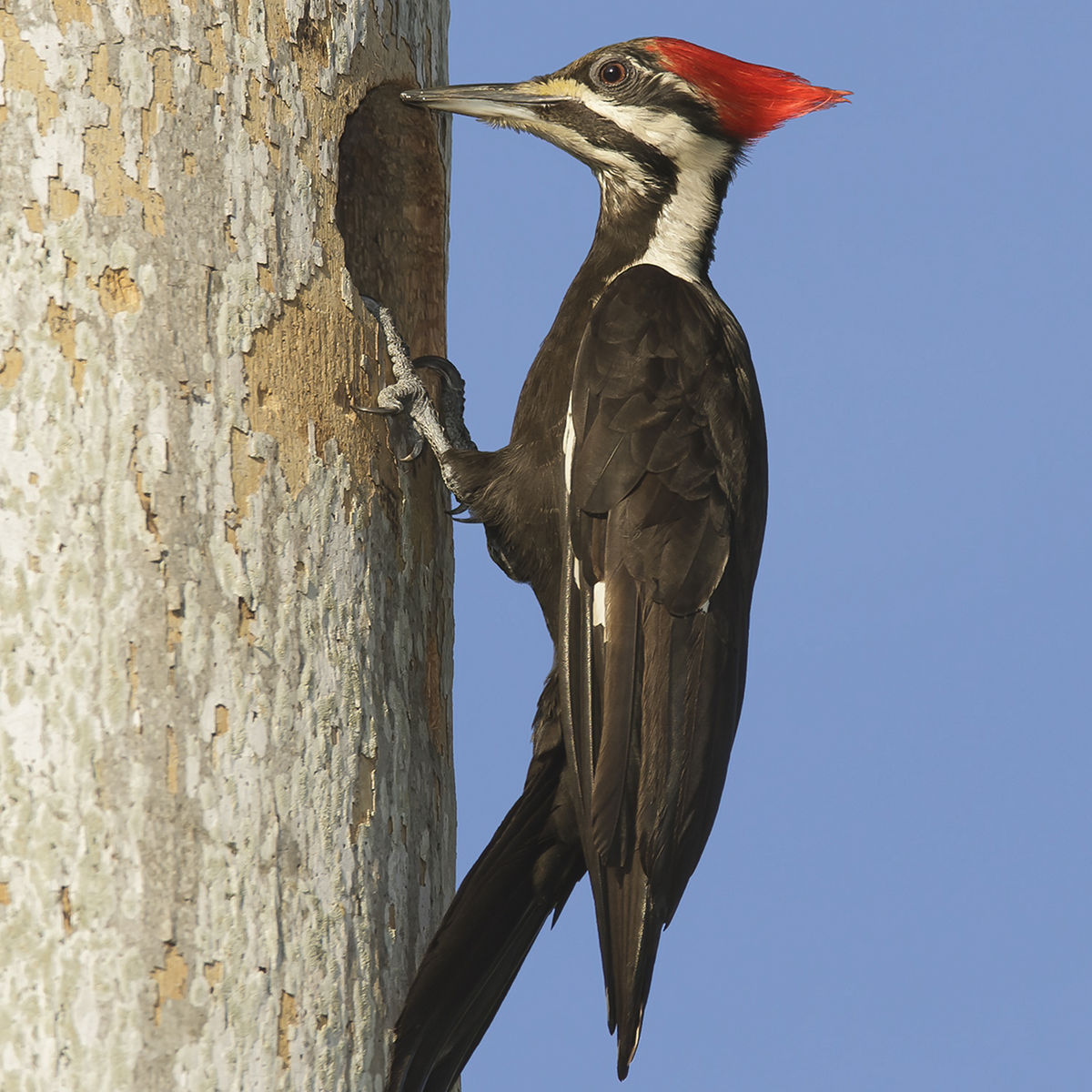Observing Woodpeckers in Florida: Species Variety and Distribution
Observing Woodpeckers in Florida: Species Variety and Distribution
Blog Article
Woodpeckers Unleashed: Exploring the Wonders of These Skilled Tree Climbers
Woodpeckers, with their unique markings and rhythmic drumming resembling via wooded locations, hold an unique place in the avian world - Woodpeckers in Florida. As we dive into the intricate information of woodpeckers' nesting routines, feeding strategies, and the continuous preservation efforts to shield these remarkable birds, a deeper gratitude for their location in nature unfolds.
Composition and Adaptations
When examining the composition and adjustments of woodpeckers, one can observe impressive features that allow these birds to grow in their specialized ecological niche. Additionally, woodpeckers have zygodactyl feet, with 2 toes encountering onward and two facing backwards, supplying a company grasp on tree trunks while they browse for food or drum for communication.
Additionally, woodpeckers have an unique tongue framework that is long, barbed, and sticky, allowing them to draw out pests from holes in wood. This specialized adjustment enables woodpeckers to exploit a food resource that is unattainable to many other bird varieties. Overall, the makeup and adjustments of woodpeckers display the amazing transformative solutions that have actually permitted these birds to prosper in their arboreal environment.
Drumming Behavior
Having actually explored the makeup and adjustments of woodpeckers, the focus now shifts to recognizing their drumming actions, a distinct facet of their communication and territorial displays. Drumming is an essential form of interaction among woodpeckers, offering several functions such as developing territories, bring in friends, and signaling alarm system. Each woodpecker types has an one-of-a-kind drumming pattern that helps people acknowledge participants of their very own varieties and identify them from rivals or killers.
Woodpeckers generate drumming noises by swiftly pecking on resonant surface areas such as dead trees, utility posts, or also metal things, producing a series of balanced beats. The strength and speed of drumming can differ based on the function; as an example, a quick drumming series might indicate aggression towards burglars, while a slower and softer drumming pattern can show courtship (Woodpeckers in Florida). Additionally, woodpeckers might adjust the regularity and duration of their drumming to convey details messages successfully
Nesting Behaviors
Exploring the nesting habits of woodpeckers discloses fascinating insights into their reproductive behaviors and habitat choices. Woodpeckers are recognized for their unique nesting preferences, commonly excavating cavities in trees to produce protected spaces for raising their young. These tooth cavities serve not only as a nesting site but additionally as a protected haven from killers and harsh climate.
Woodpeckers display a high degree of integrity to their nesting websites, typically returning to the very same area year after year. This actions highlights the significance of suitable environment availability for their reproductive success. The selection of a nesting other site is important for woodpeckers, with elements such as tree types, elevation, and decay stage playing considerable duties in their decision-making process.
Interestingly, some woodpecker types are recognized to excavate several dental caries within their region, providing themselves with different nesting choices. This method may click over here now function as a form of insurance versus potential threats or disruptions to their main nesting website.

Feeding Techniques
One of the most distinctive feeding actions of woodpeckers is drumming, which entails quick pecking on trees to reveal pests under the bark. Woodpeckers are additionally known to dig deep into tooth cavities in trees to access concealed insect larvae or sap. Some varieties, like the acorn woodpecker, shop nuts in specifically produced openings called granaries.
Preservation Efforts
Among the elaborate feeding techniques showed by woodpeckers, the preservation initiatives focused on securing these fascinating birds play a crucial function in preserving their environments and populaces. Woodpeckers face different dangers to their survival, consisting of environment loss as a result of deforestation, environment change modifying their ecosystems, and collisions with man-made frameworks such as structures and automobiles - Woodpeckers in Florida. Conservationists are actively working to attend to these challenges and guarantee the long-lasting wellness of woodpecker types

Education and public awareness campaigns are additionally vital parts of woodpecker preservation initiatives. By raising awareness regarding the value of these birds in maintaining healthy woodland ecosystems, guardians can gather support for environment preservation efforts and promote accountable land monitoring practices. Via joint initiatives in between researchers, policymakers, and regional neighborhoods, we can work with each other to safeguard a future where woodpeckers flourish in their natural habitats.
Final Thought

Report this page